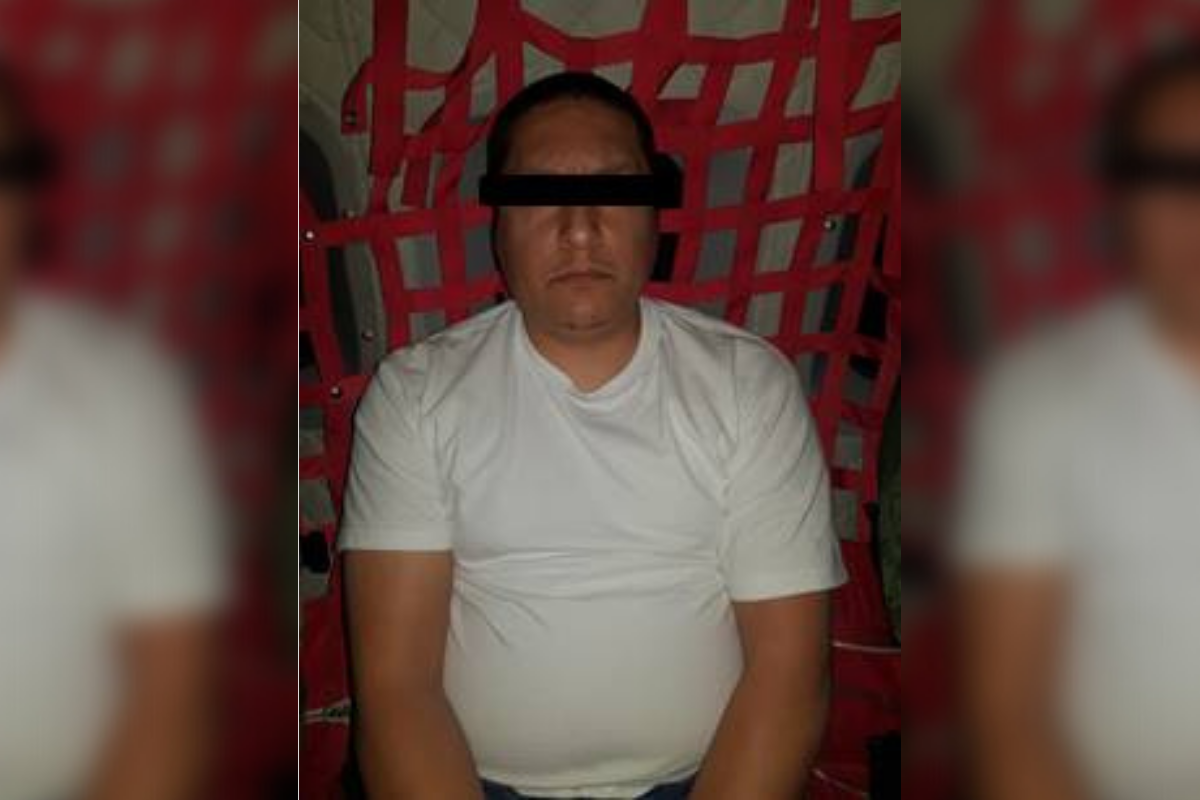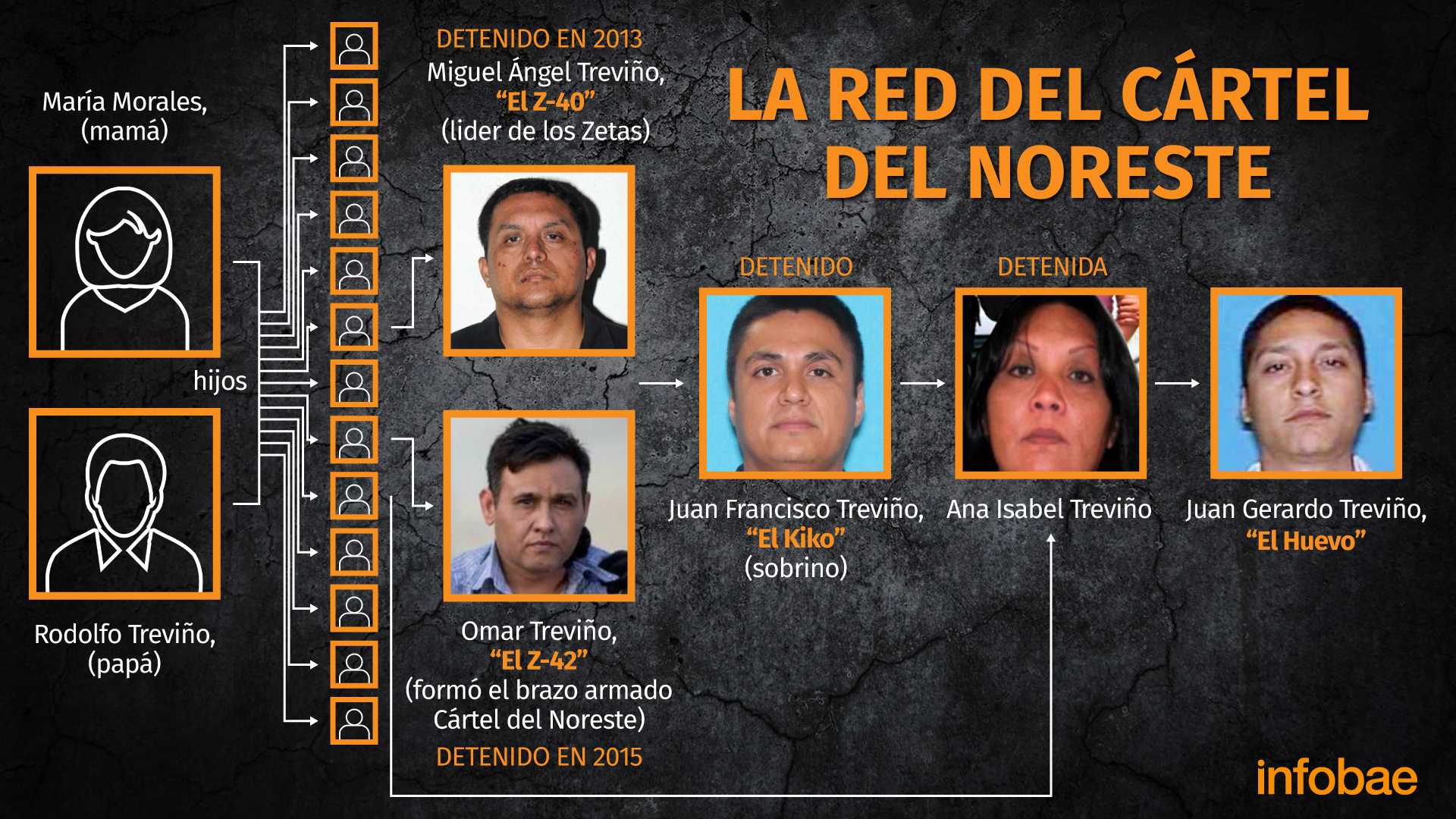
Early this Monday, March 14, the border city of Nuevo Laredo, Tamaulipas, experienced approximately three hours of shootings, road blockades, vehicle burning and clashes between an alleged cartel and elements of the Mexican Army. Federal sources confirmed to Infobae that the violent events were due to the capture of Juan Gerardo Treviño Chavez, el Huevo, the leader of the Northeast Cartel (CDN).
The arrest was carried out on Sunday, March 13 by the Secretariat of National Defense (Sedena), the Attorney General's Office (FGR), the National Intelligence Center and the National Guard (GN). The authorities have so far not reported whether there were fatalities or injuries, however, blockades and clashes reportedly occurred because “members of organized crime launched an aggression against military personnel”.
The governor of Tamaulipas, Francisco Cabeza de Vaca, wrote on his Twitter account that he is in “constant communication” with the federal authorities about the events that occurred early this Monday, “I have issued instructions to the Tamaulipas Ministry of Public Security to strengthen our support for citizens,” he said the president.
El Huevo Treviño is singled out as the top leader of the organization and its armed arm, the Troop of Hell, with which it maintains a fierce struggle with cells of the Gulf Cartel, as well as territorial disputes against the Old School Zetas. He has three arrest warrants: one in the state of Tamaulipas for extortion and criminal association, another in the state of Coahuila for intentional homicide and terrorism; and one more for purposes of extradition for conspiracy for drug trafficking and money laundering.

Treviño Chavez is the nephew of the bloodthirsty and last leader of the cartel of the last letter, Miguel Ángel Treviño Morales, the Z-40. El Huevo is the oldest member of another criminal group, Los Treviños, which has a long history in Tamaulipas. According to a report by the Stratfor agency, El Huevo also intended to control the Monterrey Metropolitan Area. However, there was José Rodolfo Villareal Hernández, “El Gato”, who controls the area by the Los Beltrán Leyva Cartel.
It should be recalled that in April 2019 there was a rumor about the capture of Treviño Chavez, so members of the CDN carried out blockades on roads in Tamaulipas with cargo transport units, burned vehicles and caused riots in the massacres.
According to analysts consulted by Infobae Mexico, the history of Los Zetas dates back to the 1980s and 1990s, when the Gulf Cartel was at its peak. In the late nineties, some of the kingpins began recruiting former military and former federal police officers to hire them as their bodyguards.
The reason was that if they were arrested by the authorities, they received a lesser penalty if they were only found drugs, rather than weapons. The bodyguards were the only ones who were armed, so the capos could not be accused of carrying weapons.

Osiel Cardenas Guillen, a former leader of the Gulf Cartel who received a 25-year prison sentence in 2010, was one of the main drug traffickers who began recruiting military bodyguards, who would later be named “Los Zetas”. The name of the organization has to do with the radio keys they used at the time, and in which the letter “Z” had several meanings.
From there, the Zetas took on a new meaning, becoming one of the most feared criminal groups in the entire country. According to the federal government, it took land from the Sinaloa Cartel, led by Joaquín El Chapo Guzman.
The place where they settled most strongly was in the city of Nuevo Laredo, Tamaulipas, on the border with the United States. Over the years, after several recruitments, new generations of zetas began to emerge. Among them was a family from Nuevo Laredo, which was known as the Treviño Morales.
KEEP READING:
Últimas Noticias
Debanhi Escobar: they secured the motel where she was found lifeless in a cistern

The oldest person in the world died at the age of 119

Macabre find in CDMX: they left a body bagged and tied in a taxi
The eagles of America will face Manchester City in a duel of legends. Here are the details

Why is it good to bring dogs out to know the world when they are puppies




